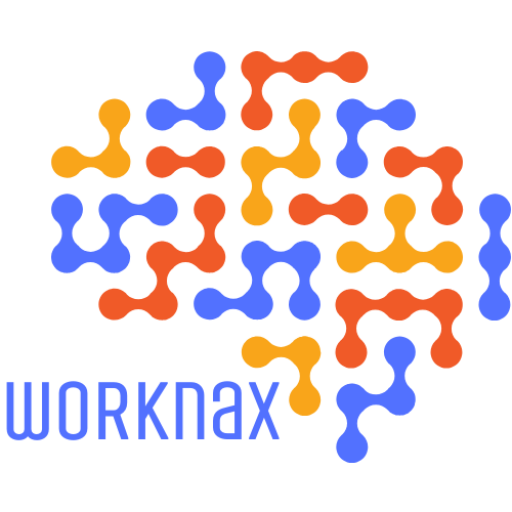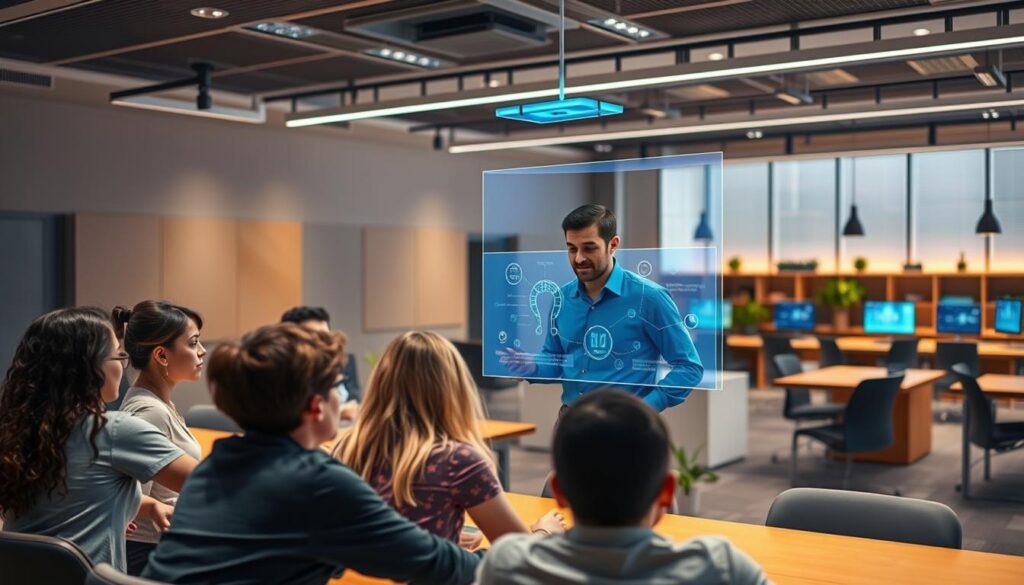Anúncios
In an ever-evolving educational landscape, microlearning has emerged as a leading trend, changing how we approach education in the 21st century. With the fast-paced nature of modern life, learners often find traditional lengthy courses overwhelming and challenging to engage with effectively. Instead, microlearning breaks down information into bite-sized chunks, making learning far more manageable and appealing. This innovative approach aligns perfectly with how our brains naturally process and retain information, enhancing comprehension and recall.
The concept of microlearning is not entirely new, as it has roots in earlier educational methodologies, but its adoption has surged dramatically in recent years. Various educational institutions and corporations have recognized its potential to improve engagement among learners. As attention spans decrease amid digital distractions, microlearning offers a refreshing alternative to conventional methods of education that no longer seem to resonate with today’s audience. Users can now engage with brief lessons tailored to their specific learning needs, which significantly boosts their motivation to learn.
One of the most significant advantages of microlearning is its unparalleled flexibility. Learners enjoy the freedom to access materials anytime and anywhere, which is particularly beneficial for busy professionals and students alike. With the rise of online platforms, participants can easily fit a quick lesson into a lunch break or during their daily commute. This convenience has made microlearning a favored choice among various demographics, ranging from college students to senior executives seeking to enhance their skill sets quickly and efficiently.
Microlearning is typically characterized by its concise formats, which can utilize videos, quizzes, infographics, and other engaging media types. These varied formats cater to diverse learning styles, ensuring broad accessibility for all types of learners. By allowing learners to choose how they absorb information, the likelihood of retention increases significantly. Various content types not only keep learners engaged but also prevent the monotony often associated with traditional classroom settings, where passive learning can lead to disengagement.
Additionally, microlearning promotes the concept of just-in-time learning, which is crucial in today’s fast-paced environments. Professionals often need immediate solutions for specific problems they encounter at work, and microlearning caters to this need effectively. It allows individuals to quickly access relevant information precisely when they need it the most. This method bridges knowledge gaps effectively, resulting in the timely application of newly acquired skills and concepts, which can directly influence job performance.
The integration of gamification into microlearning further enhances its appeal and effectiveness among learners. Elements like points, badges, and leaderboards tap into innate competitive instincts, motivating learners to progress through the material. These engaging features not only help drive motivation but also ensure a more enjoyable learning experience. Research indicates that when education is interactive and fun, knowledge retention rates increase significantly, making gamified modules an excellent choice for educational institutions and corporate training programs alike.
Moreover, microlearning facilitates continuous learning, which is an essential aspect of personal and professional growth. In our rapidly changing world, where industries evolve at a breakneck speed, ongoing training is no longer a choice but a necessity. Microlearning provides a practical solution to this need, as it allows for constant updates to educational content. Professionals can easily stay abreast of the latest industry trends and developments without committing to lengthy training programs that may become outdated before they even finish.
From an organizational perspective, the benefits of microlearning extend beyond individual learners. Investing in microlearning programs can enhance workplace productivity and efficiency throughout the company. Employees who are more likely to apply new skills immediately tend to experience a direct positive impact on their performance. Furthermore, businesses that prioritize employee development often see boosts in employee morale and retention rates, ultimately creating a healthier work environment that values growth and improvement.
Microlearning also encourages collaborative learning among peers. Many platforms now allow for social interaction among learners, which helps foster a sense of community. Peer support and knowledge sharing can greatly enhance the microlearning experience, as learners feel less isolated when they can discuss topics with others who are facing similar challenges. This sense of community can become a critical component in sustaining motivation and encouraging participation in ongoing educational endeavors.
The versatility of microlearning makes it suitable for various industries and educational contexts. In healthcare, for instance, practitioners can quickly learn new techniques or treatment plans that could significantly improve patient care. In corporate settings, employees can participate in brief training sessions that cover compliance regulations or familiarize themselves with new software applications. This adaptability ensures that microlearning can effectively meet the specific needs of diverse sectors, whether in a business, academic, or healthcare environment.
Despite its many advantages, some skeptics argue that microlearning might lack depth and rigor compared to traditional learning methods. There is a concern that concentrating on bite-sized information could lead to a superficial understanding of complex subjects. However, when appropriately designed, microlearning modules can delve deeply into intricate topics. They typically focus on essential concepts and provide supplementary materials or resources for those learners who are interested in exploring subjects in more depth.
Incorporating assessments into microlearning programs also helps address concerns regarding knowledge retention and understanding. Quizzes, interactive exercises, and reflection activities can reinforce learning outcomes. By measuring progress, learners can identify gaps in their understanding and revisit specific modules as needed. This iterative process is invaluable for mastering subject matter and ensuring that learners grasp the fundamental concepts before advancing to more complex ideas.
The potential for integration with emerging technologies adds yet another layer of appeal to microlearning as an educational strategy. Microlearning can be effectively combined with artificial intelligence (AI) and augmented reality (AR) to provide personalized learning experiences that are tailored to each individual’s progress and preferences. By introducing such innovations, educational institutions and corporations can further drive the adoption of microlearning across various sectors, ensuring that content remains relevant and engaging.
As microlearning continues to rise in popularity, educators and trainers face the challenge of crafting compelling content that truly resonates with learners. Designing engaging, informative modules that capture attention and facilitate understanding is crucial for maximizing the impact of microlearning. Content creators need to have a deep understanding of their audience and tailor materials accordingly, evolving their approach based on learner feedback and performance metrics.
Furthermore, measuring the effectiveness of microlearning initiatives is paramount for organizations seeking to understand the value of their investments in educational programs. Establishing robust evaluation metrics to assess progress and learning outcomes will enable organizations to collect feedback from learners, which can provide crucial insights into what works well and what could use improvement. This data-driven approach fuels continuous refinement of microlearning strategies, ensuring that it remains relevant, impactful, and aligned with organizational objectives.
As we embrace a future where microlearning gains increasing traction, collaboration among professionals in both educational and industry settings will be essential. By working together, we can share best practices and develop innovative approaches to training and education that leverage the strengths of microlearning. Understanding how microlearning can be integrated into existing training systems will ultimately maximize its effectiveness and reach.
In conclusion, the rise of microlearning serves as a reflection of the changing expectations of learners in today’s world. As technology advances and lifestyles evolve, education must adapt accordingly to meet the needs of contemporary learners. By breaking down traditional learning barriers and focusing on concise, relevant content, microlearning offers an engaging, flexible, and effective approach to education. It equips individuals with the skills they need to succeed, preparing them for the complexities of the modern workforce.
Ultimately, as we delve deeper into the subject of microlearning, it is imperative to remain agile and adaptable in our learning strategies. Embracing microlearning as part of a broader educational framework can yield immense benefits for both individuals and organizations alike. As learners continue seeking convenience and effectiveness in their educational pursuits, microlearning stands out as a practical solution, further shaping the future of how we learn and grow in various contexts. In this dynamic educational landscape, microlearning offers us the tools to thrive and excel in an increasingly competitive world.



